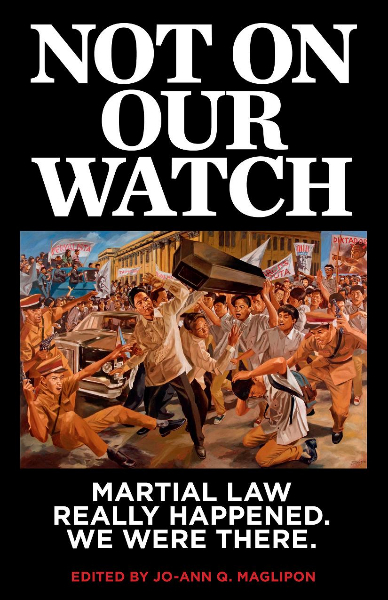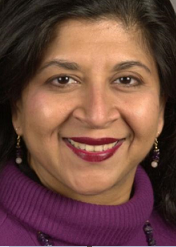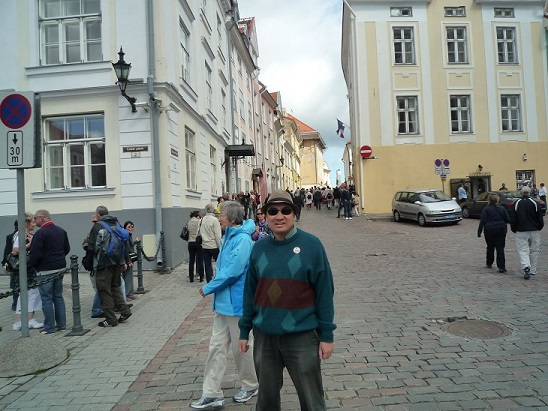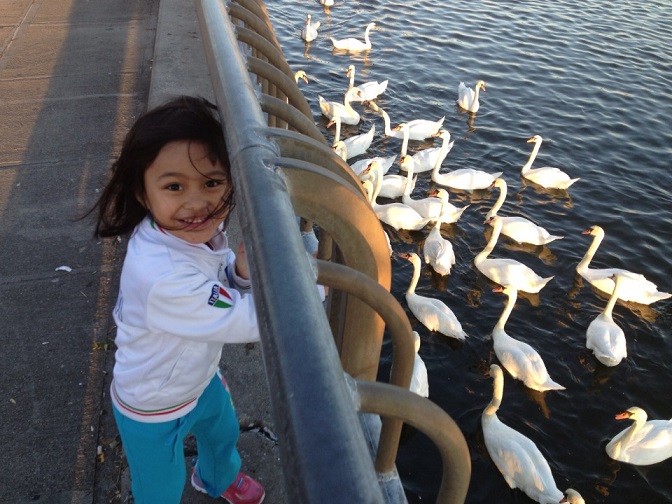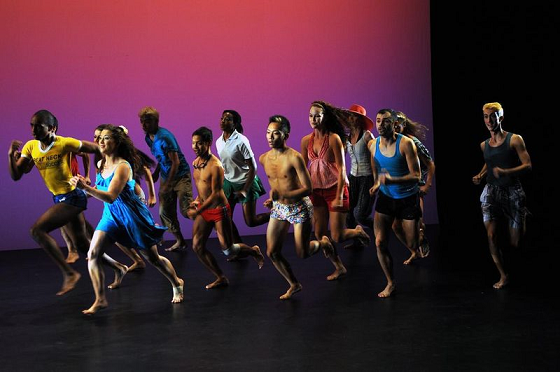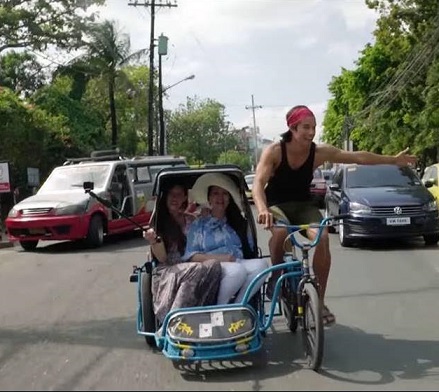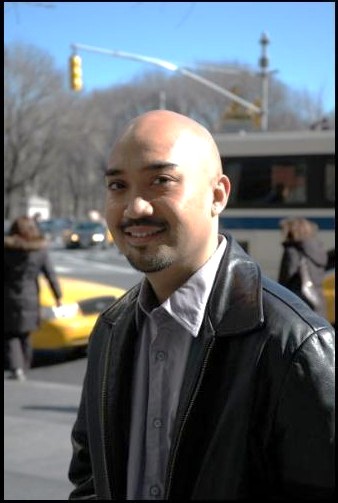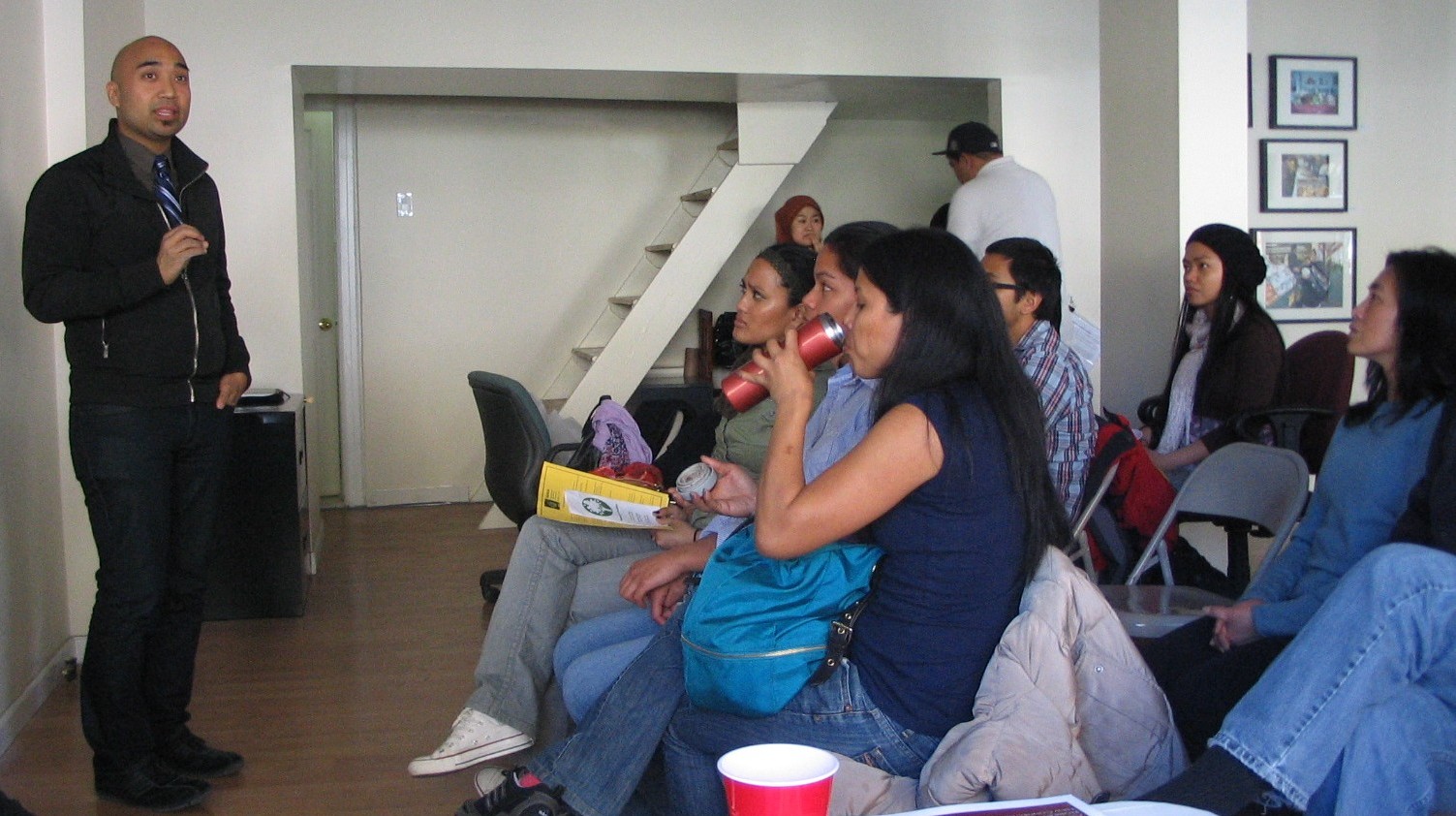The Papaya challenge: Getting the youth to exercise
By Maricar CP Hampton
There is life after “Desperate Housewives” and the activist vigor that came with it. Kevin Nadal, who led the 2007 online protest against the program for slurring Philippine medical schools, has taken on another cause: The campaign to educate the community about obesity and depression.
TF: How serious is obesity and depression within the community, and why is your campaign called the Papaya Project?
KN: Obesity and depression are two problems in the Filipino American community that we often don’t like to talk about. There are some studies that find that Filipinos are much more obese than other Asian American groups, and that Filipinos have high levels of cardiovascular disease, gout, and early onset of diabetes. There are also studies that find that Filipinos have higher rates of depression than the general American population. Some speculate this number to be even higher as a result of ‘hiya,’ which causes Filipinos to pretend everything is fine and not seek help. There is this notion of a “smiling depression” — because one is smiling on the outside and hurting on the inside — among Filipinos, which may also lead to an underreporting of depression.
Papaya is a fruit, it’s cute, and it actually stands for Physical Activity and Pilipino American Youth Assessment.
TF: On the healthy eating part, how is your campaign different/ similar to Eat Healthy/Fight Child Obesity campaign of Michelle Obama?
KN: The project is a complement to Michelle Obama’s campaign. The message is the same, but we are targeting FilAm youth specifically.
TF: What do we know about the FilAms’ state of physical or mental health?
KN: We have a higher prevalence of hypertension and cardiovascular disease among Asian American groups, and we have the highest proportion of overweight or obese adults. We have higher rates of diabetes than the general population. We also tend to have higher prevalence of alcohol, tobacco and drug use than other Asian American groups. Some studies indicate we have higher prevalence of depression than the general American population, and that rates of suicide ideation is twice as prevalent with FilAm youth than the general American youth population. We are also noted to have a higher high school dropout rate, teen pregnancy, and HIV/Aids than other Asian groups.
TF: Why are we in such bad shape? What does your research say?
KN: There are lots of potential explanations to our health problems. We are finding that there are a number of cultural, social, environmental, and psychological factors that influence physical health of Filipino youth. In terms of the physical health, there’s the excess of unhealthy Filipino food, lack of exercise, which is culturally normal in our community, lack of access to healthy foods, and lack of time for physical activity because of work and family obligations. Some parents tend to encourage study, getting good grades, instead of encouraging exercise. Being academically successful becomes the goal, and they’re failing to recognize that being healthy is important as well.
In terms of mental health, there are so many factors including ‘hiya’ (shame) and the idea of fatalism, that God is punishing them or wants them to suffer. In general, Filipinos don’t tend to talk about their problems or express many negative emotions, which may then influence their potential to become depressed.
TF: Are there differences in attitudes based on gender?
KN: Gender plays a huge role. Surveys indicate that boys are more physically active than girls. The young women described the reasons why they are not physically active: They do not feel safe or comfortable exercising in public, others felt they did not want to exercise because people were watching them, or that they could be kidnapped. Others said their parents did not encourage them to be involved in sports and to instead concentrate on their studies.
The reasons for physical activity are also different: The males “to get stronger” and the females to “lose weight.”
TF: What are some of your recommendations?
KN: We have recommendations targeted towards various sectors of the community, such as youth organizations, policy makers and officials, parents and families, and youth themselves. We recommend a spectrum of ideas, from health promotion and education about body image issues to introducing youth to hip hop or Filipino martial arts like ‘eskrima’ and ‘kali.’ There are others, such us a decrease in fast-food restaurants or policies that prevent toys from being sold with fast-food meals for policy makers, and for parents to be mindful of the types of hurtful messages especially about body types and sizes.
TF: Did you get involved in the project being an assistant professor of Psychology at John Jay and your work with LGBT youth?
KN: The Papaya Project, which started in February 2010, is being funded by the Robert Wood Johnson foundation. I was awarded a large grant to fund the project, as part of their New Connections program, which sponsors new faculty members/ researchers of color to do work in health disparities.
TF: This study is about FilAm youths throughout the U.S., not just those in the New York-East Coast region?
KN: We have worked collaboratively with a number of organizations in both New York and California that work with Filipino American youth. The demographics included 181 youth from age 12 to 23. More than 65 percent are on the East Coast, 21 percent on the West Coast, 11 percent in the Midwest, the South or Alaska/Hawaii. Also, 72 percent of respondents were U.S.-born. We hope to expand this to youth orgs all over the U.S. and to college student groups too.
Kevin Nadal received his Ph.D. in Counseling Psychology from Columbia University. In 2009, he published his first book, “Filipino American Psychology: A Handbook of Theory, Research, and Clinical Practice.” He is also a stand-up comic and performs regularly at the Nuyorican Poets Cafe and Bowery Poetry Cafe in Manhattan.
Maricar CP Hampton is a freelance journalist. She was awarded a 2010 New America Media fellowship on Ethnic Elders and Caregiving.

